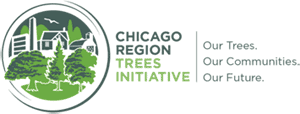The term “urban forest” may sound like an oxymoron. When most of us think about forests, we may picture vast expanses of tall trunks and dappled sunlight filtering through the leaves, far from the busyness of the city. But the trees that line city streets and surround apartment complexes across the U.S. hold great value, in part because of their proximity to people.
“Per tree, you’re getting way more value for an urban tree than a tree out in the wild,” says Mark McPherson, founder and director of a Seattle nonprofit called City Forest Credits. In an increasingly urbanizing world, cities are, after all, “right where people live and breathe and recreate.”
Trees—and urban trees in particular—provide enormous benefits. For starters, they’re responsible for producing oxygen and removing CO2 and other pollutants from the air. Urban forests in the U.S. remove an estimated 75,000 tons of air pollution per year. They reduce the impact of falling rain and encourage that water to soak into the ground, reducing flooding and erosion as well as preventing pollution from entering waterways. And the shade they provide isn’t just good for picnics; trees absorb heat and release water vapor that cools the surrounding air. The U.S. Forest Service estimates that trees reduce the energy consumption needed to cool homes in the U.S. by more than 7%.
To read te full article, visit www.yesmagazine.org/environment/2021/03/09/measuring-equity-city-trees/
